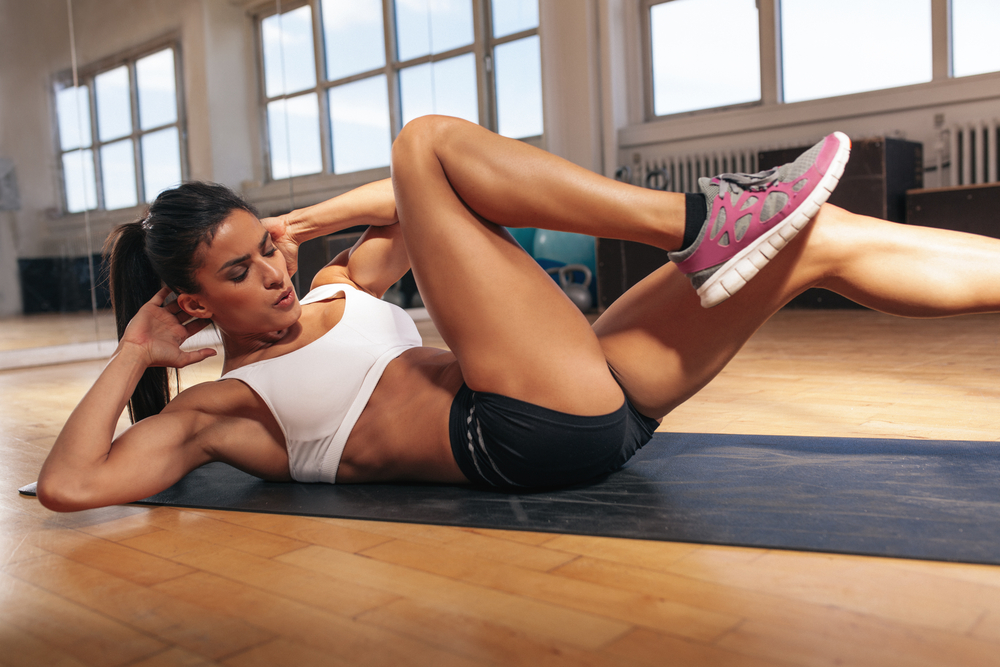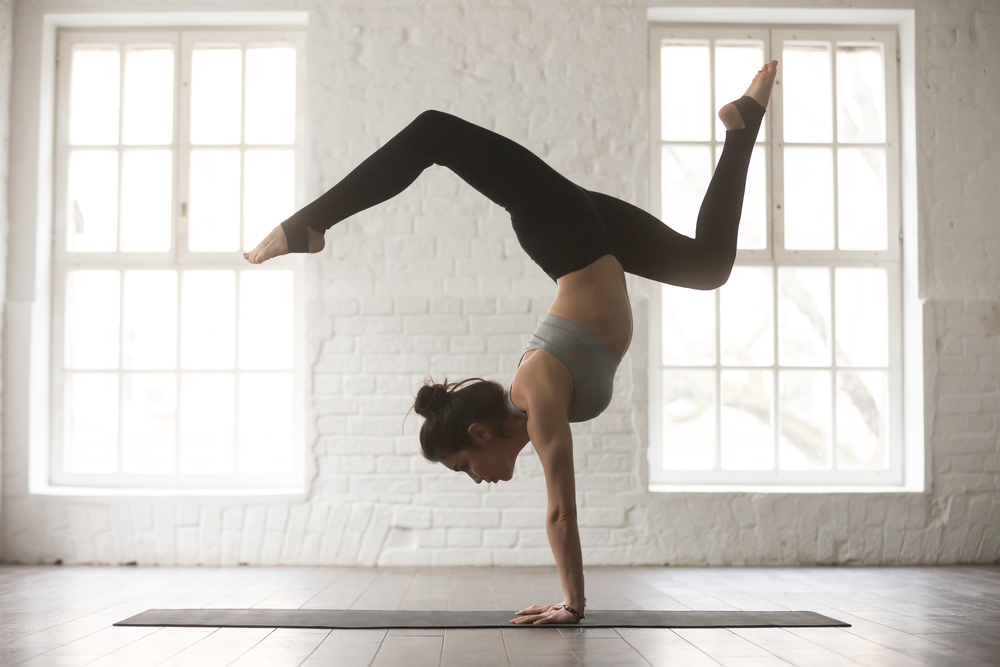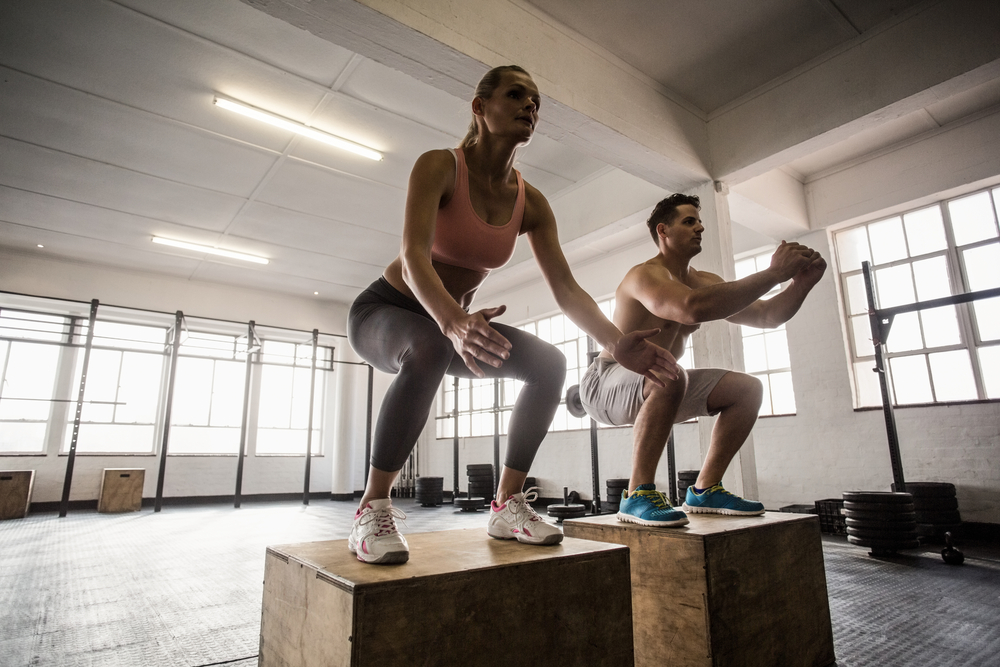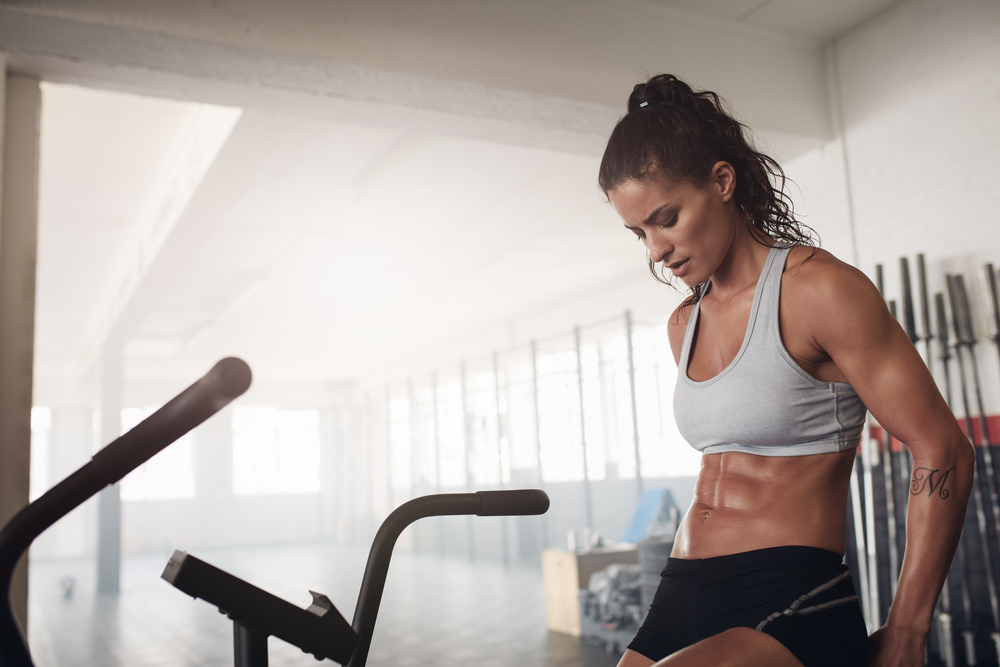By: Thomas Baker
Whether you’re a veteran gym goer or planning to walk through those doors for the first time, everyone trying to step up their fitness should know the most commonly used fitness terms! What you don’t know can’t help you right? There are plenty of trendy terms flying around, but we’re digging back to basics with these 9 fitness terms you should know with a December playlist to boot!
Fitness Terms:
Instead of wasting time on fad terms that will come and go as fast as the trending hashtags, we’re going back to the terms that you’ll need to know for years to come. The most common and long-running fitness terms might include some you’ve heard before, but may have thought were something completely different until today!
“Burn”
The fitness term ‘burn’ comes from the burning sensation you feel in your muscle either during or after a workout. While both situations use the same term, that single term is actually referring to two different things!
The first type of burn is the one you feel during your workout, and that’s the feeling of lactic acid build-up in your muscles. This acid is produced when your body is working at a high capacity and your muscles are not able to get enough oxygen to convert food to energy. It’s completely normal, so no need to worry! If it gets to be too much, just take a quick rest before finishing your set or session. This acid clears out after your workout is complete, however, which is why it’s a different burn than the one you feel post-workout.
The second type of burn is called the “post-workout burn,” which typically is at it’s strongest 24 + 72 hours after exercise. Unlike lactic acid burn, this is caused by the many micro-tears in the muscle tissue and is called Delayed Onset Muscle Soreness (DOMS). It may not feel great but this is the way your body builds strength and mass. So, it’s important to follow up your heavy/intense training days with a day or two of lighter workouts or rest.
“Cardio”
Cardio is short for either “cardiovascular” or “cardiorespiratory” and is a form of aerobic exercise. What’s aerobic exercise? For an exercise to be aerobic, it should be rhythmic, continuous, and use large muscle groups. Some examples of modes of exercise recommended to improve cardiorespiratory fitness include:
- Running or jogging
- Walking
- Exercising on cardio equipment
- Swimming
- Cycling (indoors or outdoors)
Most people think of running when they think of cardio, but the term ‘cardio’ also includes exercises such as walking, ellipticals, swimming, and cycling! Of course, within cardio there are a number of different ways to do it that include long steady state (LSS), high-intensity interval training (HIIT), and every minute on the minute (EMOM).
“Core Training”
Who doesn’t want a six-pack? The term ‘core training’ is where most of us think of abs, and you aren’t technically wrong. You’re concentrating on your midsection, but that actually includes much more than your six-pack! The core actually includes the traverse abdominis (TVA), erector spinae, obliques and your lower lats.
These muscles work as stabilizers for the entire body which helps prevent injury, lower back pain, and a protruding waistline! That’s why doing specific exercises to develop and strengthen these stabilizer muscles is so important.
HIIT
HITT has been a popular term for the last year, and there’s a good reason for it! It stands for high-intensity interval training and includes any exercise performed at maximal intensity for short periods of time followed by a short period of rest. It also falls under the realm of ‘metabolic conditioning’ because you reach the point of being out of breath during a high-intensity exercise.
“Mind-Body Connection”
The fitness term ‘mind-body connection’ tends to come up whenever exercises like yogo or pilates are performed, however, the term is popular among weightlifting enthusiasts as well. This connection occurs at the “neuromuscular junction”. This is where the brain releases a chemical neurotransmitter called “acetylcholine” which crosses synapses in the brain to communicate with muscles by binding to receptors on your muscle fibers. The more you can improve this communication, the more muscle fibers you will recruit when you perform a lift which results in a better quality muscle contraction!
“Plyometrics”
Plyometrics is a form of intense training that involves the use of a stretch and contraction sequence of muscle fibers to generate strength at high speeds. This type of training session generally includes moves such as jumping and dynamic sprints, and it helps to improve your overall power and explosiveness. Activities such as skipping rope, jump squats, single leg hops, and clapping push-ups are also great examples!
“Tabata”
The fitness term ‘tabata’ comes from when you’re performing high-intensity training for 20 seconds then resting for 10 seconds for a total of 8 minutes. Sound familiar? It should.
Tabata training is a type of high-intensity interval training (HIIT) that was discovered by a team of researchers from the National Institute of Fitness and Sports in Tokyo. You simply push yourself as hard as you can for 20 seconds and rest for 10 seconds to complete one set, and it may just be the push you need to up your gym session. You can do this with just about any exercise you wish, such as squats, push-ups, burpees, or even Kettlebells!
“Toning”
Toning is one of the most common fitness terms but also one of the most often misused! It’s generally a fitness goal at the top of many women’s lists with an emphasis on a specific body part, and many think that high repetitions with little resistance is the way to do it. So, let’s dissolve the myths of “toning” right here.
Muscles don’t change in density (read: muscles don’t get ‘hard’ or ‘soft’). When you’re talking about “rock hard abs”, you’re simply referring to an increase in muscle tissue and a low enough percentage of body fat to see shape and definition. In order to tone, you have to include a combination of strength training and cardio to create a caloric deficit large enough to lose the layer of excess fat over muscle groups. While you can’t spot train, you can set a goal to look more toned overall by diversifying your routine with new moves + workouts!
Your December Playlist:
Now that you have some knowledge about a few fitness terms, plug in this playlist and get to your goal!
- Happier – Marshmello & Bastille
- Close to Me – Ellie Goulding, Diplo & Swae Lee
- Lonely Together – Avicii & Rita Ora
- Body – Loud Luxury & brando
- Polaroid – Jonas Blue, Liam Payne & Lennon Stella
- I Found You – benny blanco & Calvin Harris
- Tie Me Down – Gryffin & Elley Duhe
- Electricity – Silk City, Dua Liap, Diplo & Mark Ronson
- Promises – Calvin Harris & Sam Smith
- Taki Taki – DJ Snake, Selena Gomez, Ozuna & Cardi B













Comments (0)